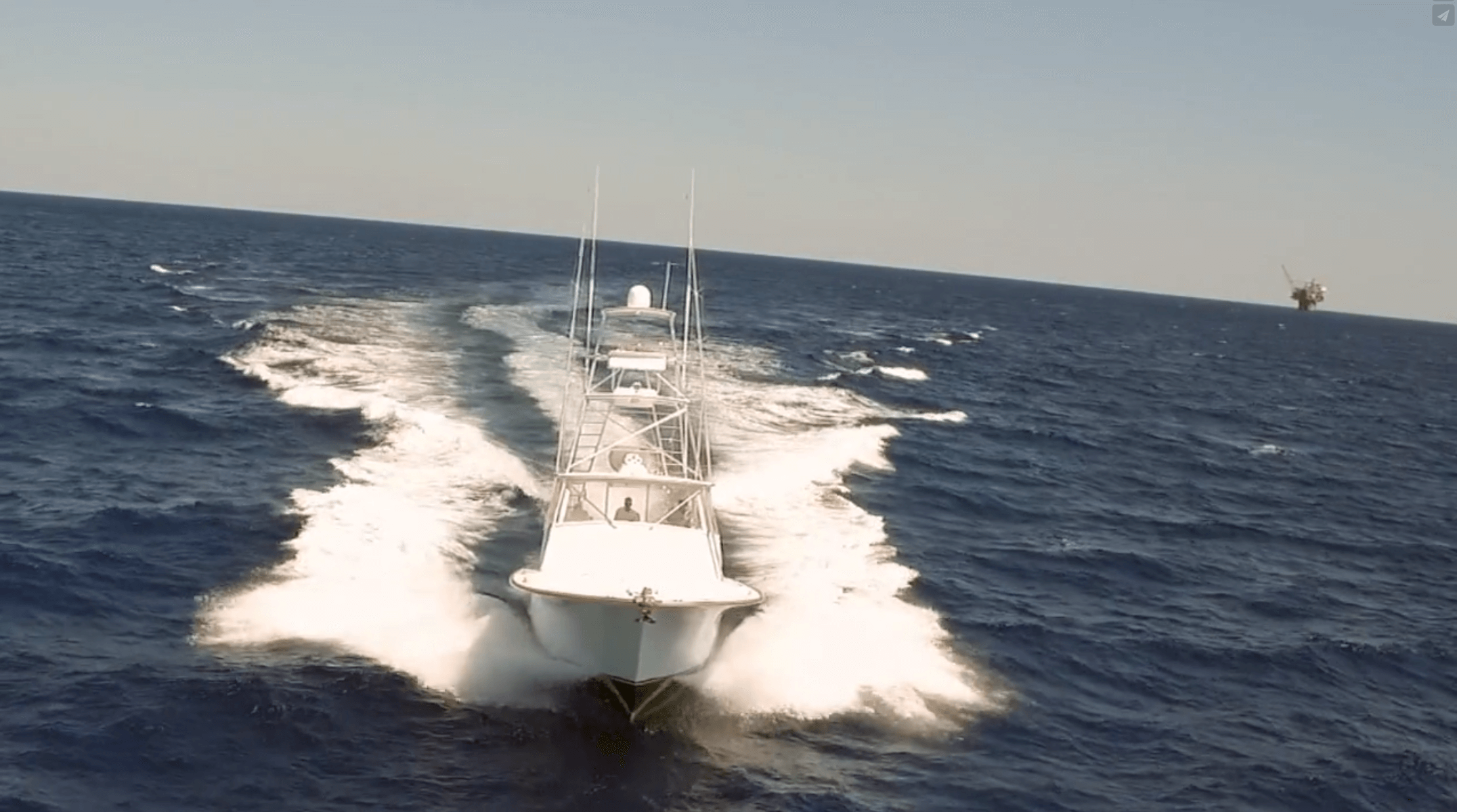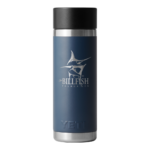
2018, is to improve recreational fishing landings data, increase allocation of
fish to anglers by expanding access in mixed-use (commercial and recreational
both targeting the same species) fisheries, re-evaluate limited access systems
and provide greater flexibility to fishery managers. Flexibility is to be
achieved by removing the current hard recovery deadlines (as “short as possible”
and “not to exceed ten years”) and establishing recovery deadlines to be “as
short as practicable.”
Access for 11 million
saltwater recreational anglers to fish is essential for the sport and economics
of related businesses, but rational management measures and standards are
needed. The previous recovery deadlines were arbitrary. The recreational
fishing and boating industry will work to help develop new realistic standards
with fishery council members.
Billfish anglers are not likely
to be impacted by current standards. While Atlantic billfish are overfished,
their management is led by international agreement, which includes the U.S.
government. Government agreed upon international measures are implemented in the
U.S. via a fishery management plan.
Pacific blue marlin and striped marlin, managed by U.S. federal fishery
management councils on the west coast and in Hawaii, international agreed upon
measures implemented in the U.S. take drive their management.






